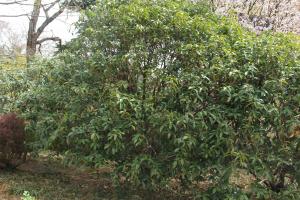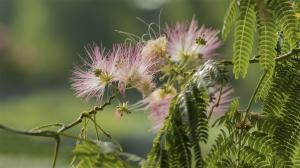Introduction
Water management is a crucial aspect of sustainable land use practices, particularly in regions that are susceptible to drought and desertification. Planting acacia trees is one of the methods used to manage water in dryland and arid regions. Acacia trees are known for their resilient nature, and they can tolerate extreme weather conditions, making them suitable for areas where water is scarce. This article will explore how planting acacia trees helps to manage water.
Acacia trees and water management
Acacia trees have deep and extensive root systems that can efficiently absorb water and store it for prolonged periods. The trees can access moisture that is not available to other plants, making them an ideal choice for water management. The roots of acacia trees can penetrate up to 50 meters deep into the soil, and this assists in water infiltration and storage in the ground. As a result, the trees can reduce the speed of water runoff and soil erosion, which helps to conserve water.
Reducing evaporation rates
One of the challenges of water management in arid regions is high evaporation rates, which lead to water loss. To counter this problem, acacia trees have adapted by reducing their leaf surface area, which helps to conserve water. The reduced leaf surface area reduces the rate of transpiration, which is the loss of water vapor from plant surfaces. Additionally, the trees have waxy leaf cuticles, which prevent excess water loss through evaporation.
Nitrogen fixation
Acacia trees are one of the few plants that can fix nitrogen in the soil, which is an essential nutrient for plant growth. Nitrogen fixation occurs when bacteria in the roots of the trees convert atmospheric nitrogen into a form that is easy for plants to absorb. As a result, the trees can enhance soil fertility and increase the ability of other plants in the area to access nutrients, thus leading to increased water retention.
Creating microclimates
Acacia trees can create microclimates that increase the availability of water in the region. The trees transpire large volumes of water through their leaves, which can increase the relative humidity in their vicinity. The increased humidity creates favorable conditions for other plants to grow, and this can reduce water loss and promote water retention. Additionally, the trees provide shade, which can lower the temperature of the surroundings, thus reducing the rate of evaporation.
Conclusion
Water management in arid regions is a critical consideration in determining land use practices. Planting acacia trees is an effective method of water management that can lead to increased water retention and reduced water loss. The trees have deep and extensive root systems, which can help to infiltrate and store water in the ground. Additionally, the reduced leaf surface area, nitrogen fixation, and the creation of microclimates are other mechanisms by which the trees can manage water effectively. Acacia trees, therefore, have an essential role to play in promoting sustainable land use practices in arid regions.

 how many times do yo...
how many times do yo... how many planted tre...
how many planted tre... how many pine trees ...
how many pine trees ... how many pecan trees...
how many pecan trees... how many plants comp...
how many plants comp... how many plants can ...
how many plants can ... how many plants and ...
how many plants and ... how many pepper plan...
how many pepper plan...






























